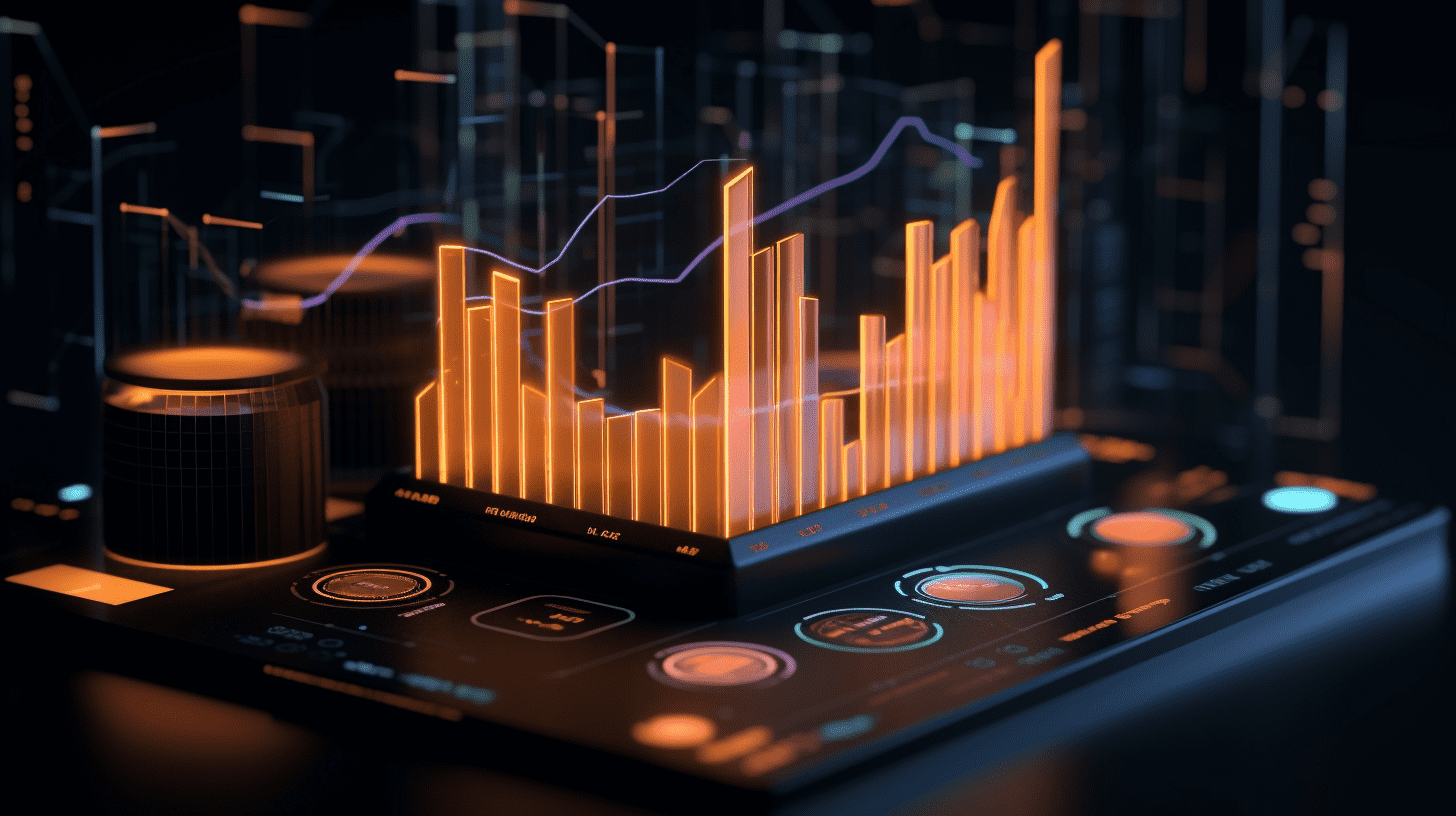The anticipated gold collapse has happened. Now everyone is waiting to buy at the bottom?
The Tuesday gold crash not only did not cause panic, but instead ignited a fervor for small investors around the world to rush into the market "bottom fishing". At the same time, the core views of most precious metals analysts remain steadfast. However, analysts led by Bank of America strategist Michael Hartnett have raised doubts, believing that the "devaluation trade" logic supporting gold prices is not solid.
This week, the gold market saw a "everyone expects" collapse. On Tuesday, the price of gold plummeted by 6.3% during intraday trading, marking the largest single-day drop since 2013.
However, the gold collapse on Tuesday did not seem to cause panic. Instead, it ignited enthusiasm among global retail investors to rush in and "buy low", while the core views of most precious metal analysts remained unchanged.
At the same time, analysts led by Michael Hartnett, a strategist at Bank of America, questioned the logic supporting the price of gold, believing that the "devaluation trade" logic was not solid, and that the basis for shorting the dollar and longing for gold may not be as strong as imagined.
"Expected" flash crash
To professionals, this pullback was not surprising.
On October 6, Nicky Shiels, research director at precious metals refiner MKS Pamp SA, warned clients that gold was "overcrowded in all technical indicators." The day before the collapse, when gold prices surged to nearly $4,400, Heraeus Precious Metals trader Marc Loeffert also warned that the market was "becoming more overbought."
In fact, data from the New York Commodities Exchange (Comex) showed that the interest in bearish gold options relative to bullish options had risen to one of the highest levels since the 2008 global financial crisis.
It is worth mentioning that this gold price drop seemed to lack a clear external catalyst, with some traders attributing it to profit-taking by hedge funds or selling by banks. Additionally, this storm was almost entirely confined to the precious metals market, with global stocks, US bonds, and crude oil markets barely affected that day.
Retail investors flock in, professional institutions remain bullish
Gold dealers from Singapore to the US reported a buying frenzy, as global retail investors seemed to see the price drop as a rare buying opportunity.
Pete Walden, deputy CEO of BullionStar in Singapore, said the company had its busiest day ever on Tuesday, with buyers far outnumbering sellers even before opening.
Stefan Gleason of Money Metals Exchange in the US also said that buyers looking for bargains kept him busy.
At the same time, the core views of most precious metal analysts remained unchanged.
They generally believed that this was a "healthy pullback" to squeeze out market bubbles. Nicky Shiels, research director at MKS Pamp SA, stated this week:
"Bull markets always need healthy pullbacks to clear out bubbles to ensure the sustainability of the cycle...Prices should consolidate and return to a more robust bullish trajectory."
Gregory Shearer of JPMorgan said in a report this week that investors' profit-taking behavior would be absorbed by "buying on dips" from other physical buyers, including central banks, ultimately limiting the price decline. Shearer predicted that the average price of gold would surpass $5000 by the fourth quarter of next year.
Looking back, the core DRIVE of this round of gold bull market comes from several aspects: first, the large-scale purchases by central banks worldwide, a trend that significantly accelerated after the Russian central bank was sanctioned in 2022; second, deep-seated concerns among global investors about unsustainable sovereign debt levels; and the recent rise was further boosted by the influx of ordinary retail investors.
Contrary view: the logic supporting the price of gold through "currency devaluation" is not solid
Despite the optimistic market sentiment, some analysts have seen some warning signs.
Michael Hartnett, a strategist at Bank of America, pointed out that gold had already surged by 60% by 2025, and the inflow of funds in the past four months even exceeded the total sum of the previous 14 years.
From a macro perspective, Hartnett questioned the logic supporting the price of gold through "devaluation trades". He gave three reasons: first, the yield on the 10-year US Treasury bond is below 4%; second, the US achieved a budget surplus in September; third, the US Dollar Index (DXY) measuring the strength of the dollar has never fallen below the low point in April. These factors collectively indicate that the basis for shorting the dollar and longing for gold may not be as solid as imagined.
Even Gregory Shearer of JPMorgan, who is bullish on gold, listed "central banks slowing down their purchases" as the biggest risk to his bullish forecast in his report.
In addition, the story of the last gold price peak in September 2011 is also worth being cautious about at present. At that time, when the gold price hit a historical high of $1921 and then fell back, analysts attending the London Bullion Market Association (LBMA) annual conference almost unanimously believed in a bullish outlook. However, it took a full nine years for gold to return to that high point.
This article is from "Wall Street See News", author: Gao Zhimou; translated by GMTEight, edited by Liu Jiayin.
Related Articles

Zhongtai: Policy and technology driving the dual wheels of the photovoltaic industry towards high-quality development.

Equinix, Inc. (EQIX.US) Q3 Performance Meeting: Plans to double capacity by 2029, ecosystem continues to expand in multiple industries such as AI.

A new round of "super week" is coming! Many leading AI companies will release their financial reports, the market is facing a "data drought" test.
Zhongtai: Policy and technology driving the dual wheels of the photovoltaic industry towards high-quality development.

Equinix, Inc. (EQIX.US) Q3 Performance Meeting: Plans to double capacity by 2029, ecosystem continues to expand in multiple industries such as AI.

A new round of "super week" is coming! Many leading AI companies will release their financial reports, the market is facing a "data drought" test.

RECOMMEND

First in History: NVIDIA’s Market Capitalization Tops $5 Trillion
30/10/2025

Congressional Budget Office Estimates Government Shutdown Has Cost the U.S. Economy $18 Billion
30/10/2025

Wall Street on China’s Internet Sector: Distinct Investment Opportunities in AI and Gaming; Caution on E‑commerce
30/10/2025


